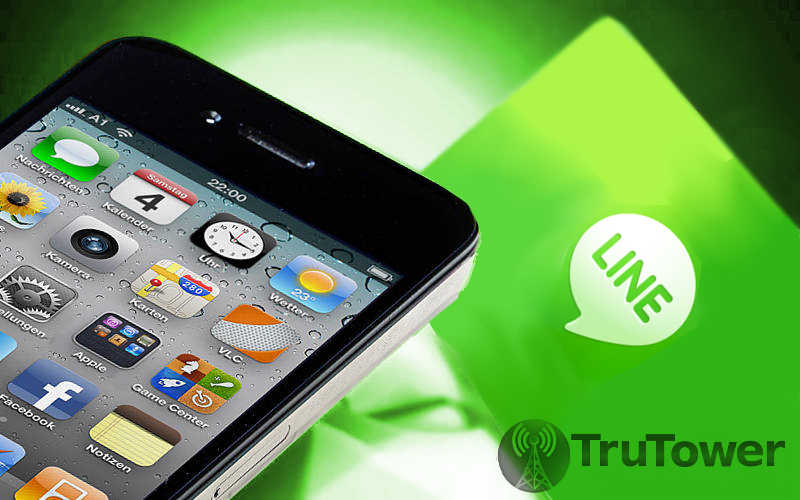The LINE VoIP and Messaging application was first released on June 23, 2011 by the Japanese arm of South Korea based NHN and has since grown to massive appeal, with 80% of its now more than 230 million users residing outside its home turf of Japan.
That’s according to the WSJ, which spoke to LINE’s Chief Executive Akira Morikawa.
Morikawa is looking to turn LINE into a “gateway and platform for various forms of communication, entertainment, and information” similar to what we’ve seen from its competitors Tango, KakaoTalk, and WeChat, all of which have also been looking to expand their own user bases with new content. The demand for such content is very high, and it’s likely only going to get higher as smartphone penetration continues to increase.
Of course, the competition in the messaging app space will increase with it, which can certainly bode well for some messaging apps, but does open the doors for a great deal of consolidation and closures for others.
For LINE, failure is not an option. The app now has 47 million users in Japan, 18 million in Thailand, 17 million in Taiwan and 15 million in Spain, according to the company’s most recent estimates, and a total of 230 million users, up from 200 million on July 23.
User counts are steadily increasing in Latin America and Spain, which Mr. Morikawa says has “meant a lot” for the company and “gives [LINE] the confidence” it needs to know it can be successfully competitive outside Asia. This success is driven largely by localized services and content — in the form of stickers, games, items within these games, and local holiday related content — as well as a successful marketing campaign in India. This content largely makes up LINE’s revenue stream, which totaled ¥10 billion ($100 million USD), though it’s not clear how much of this was actual profit.
What is clear, though, is that the company cares more about creating a larger user base than improving revenues right now, and the recent release of Pong Pong Pong should go a long way toward the company’s goal of 300 million users by the end of the year.

